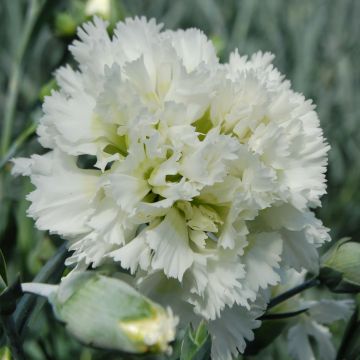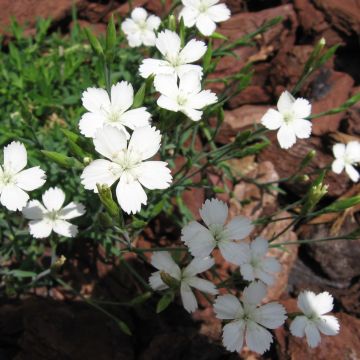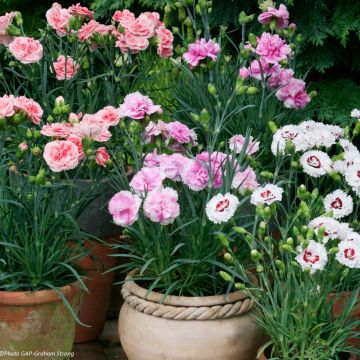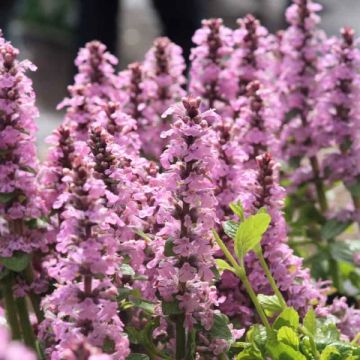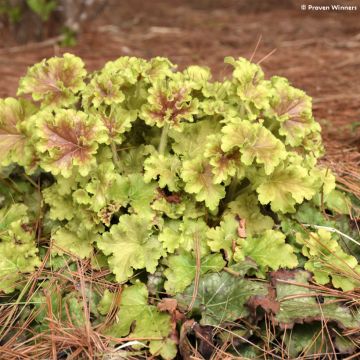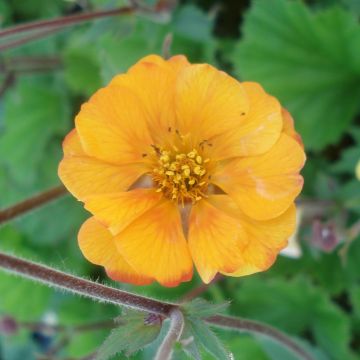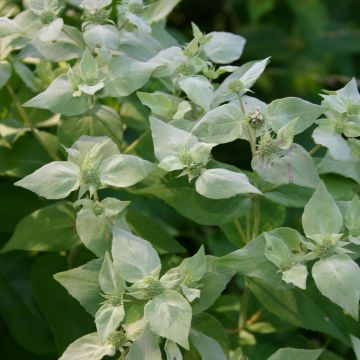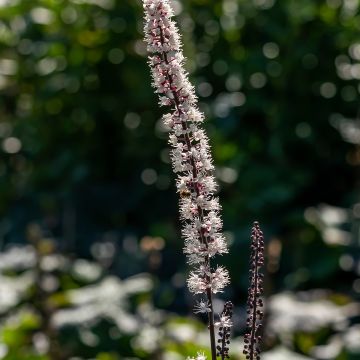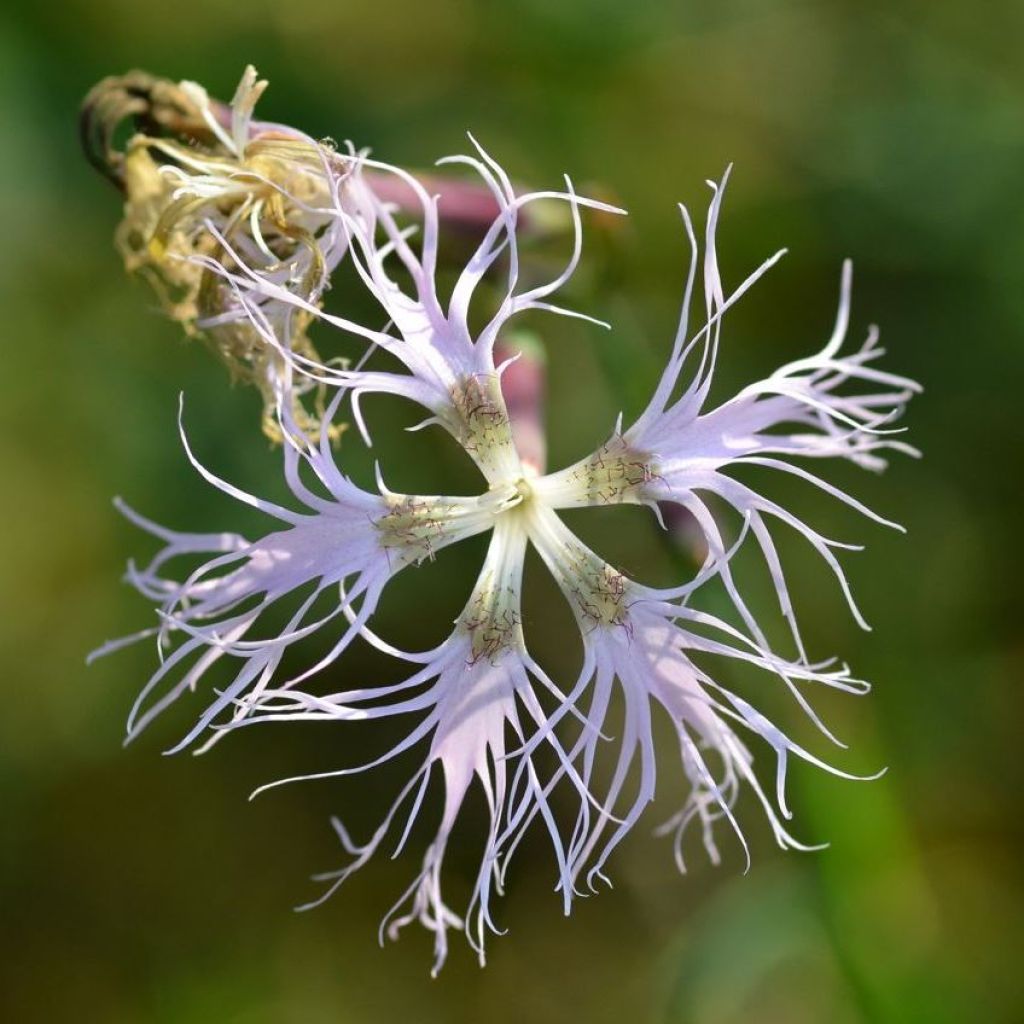

Dianthus superbus
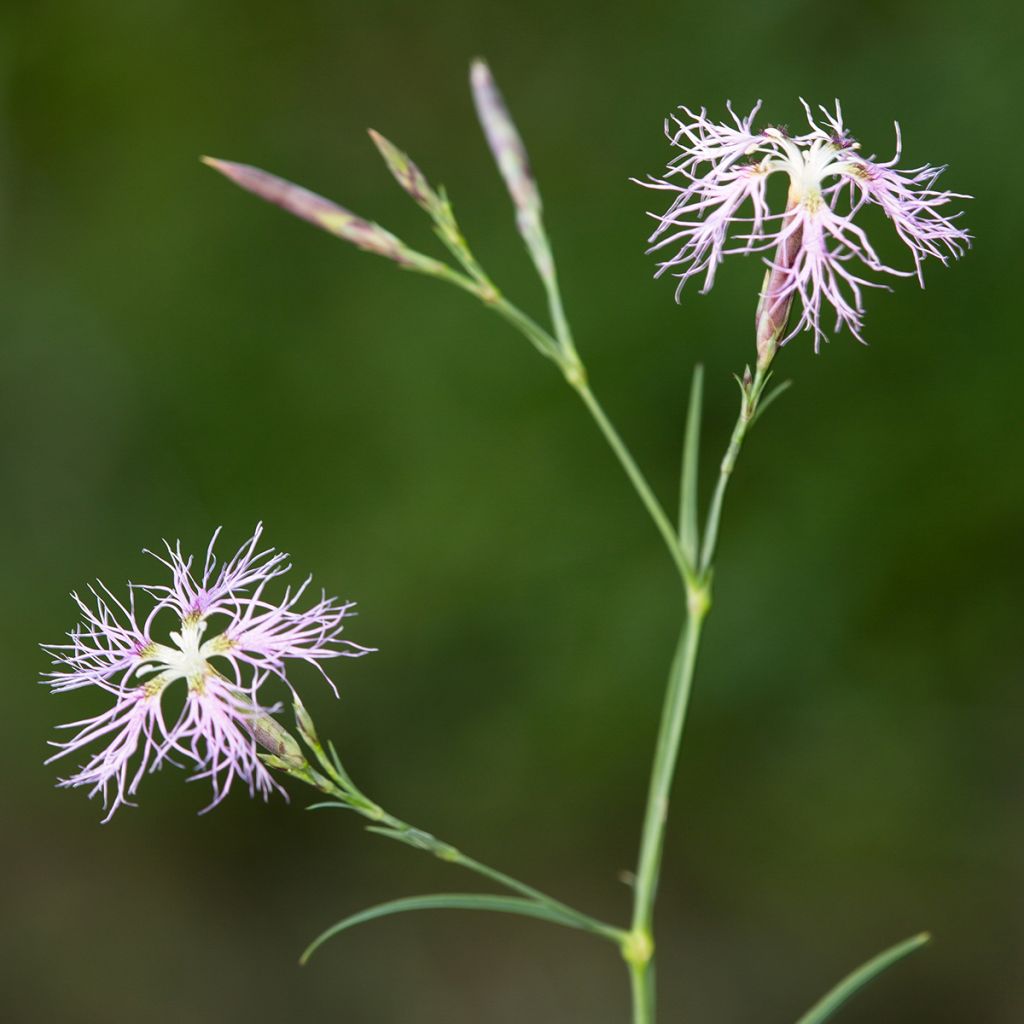

Dianthus superbus
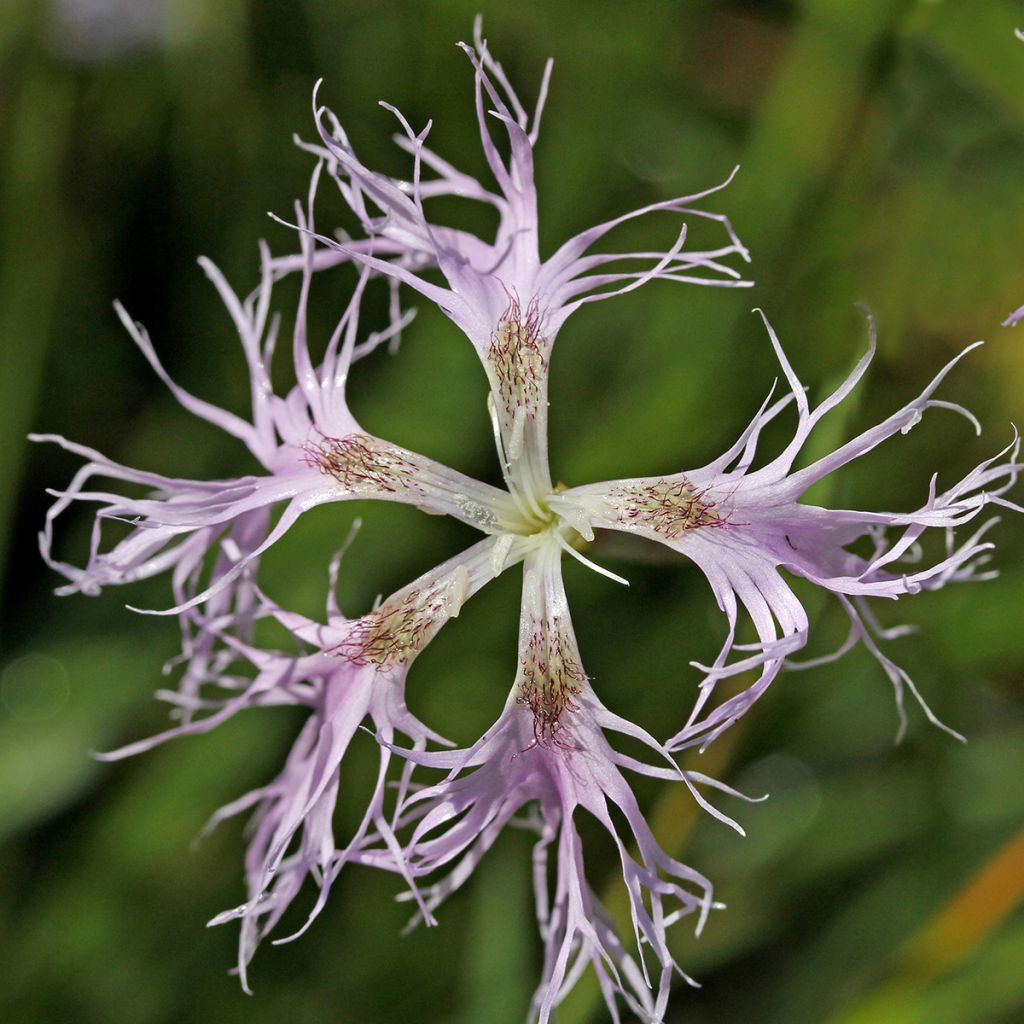

Dianthus superbus
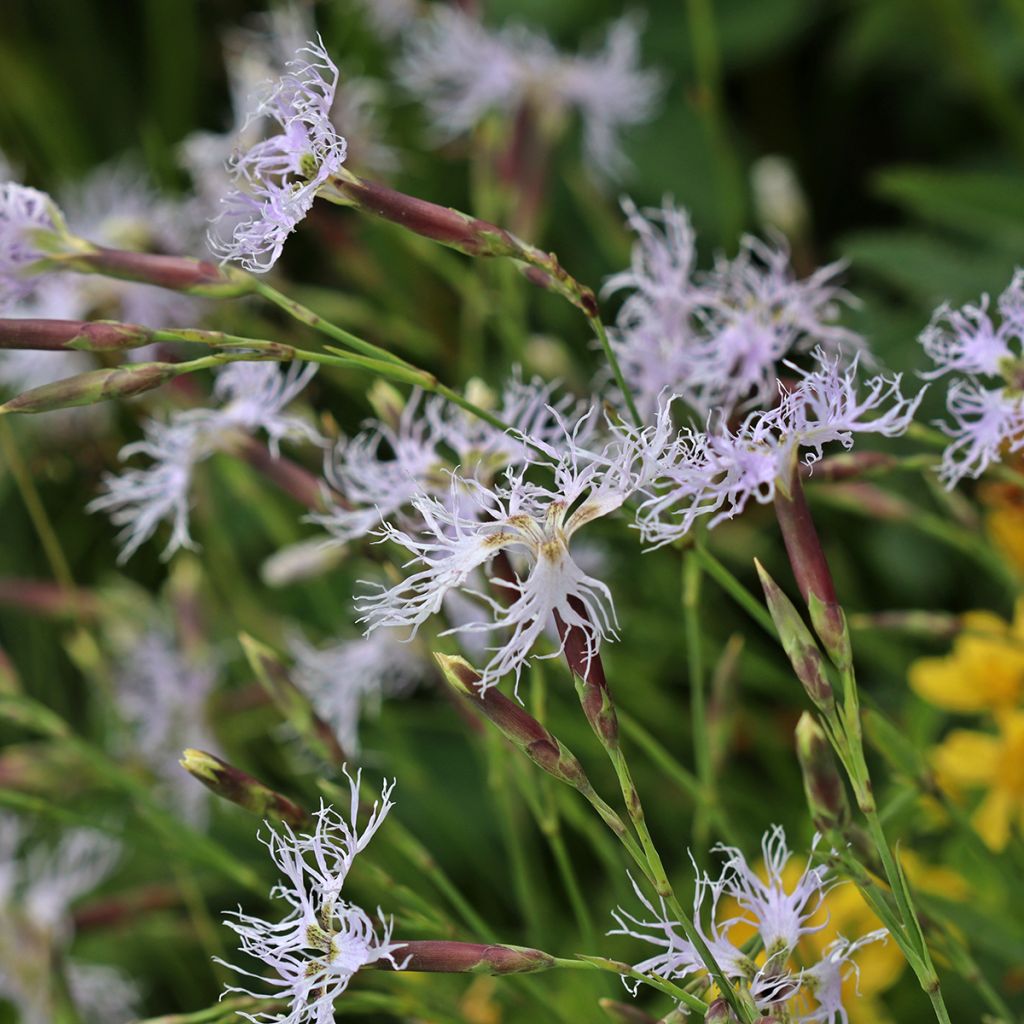

Dianthus superbus
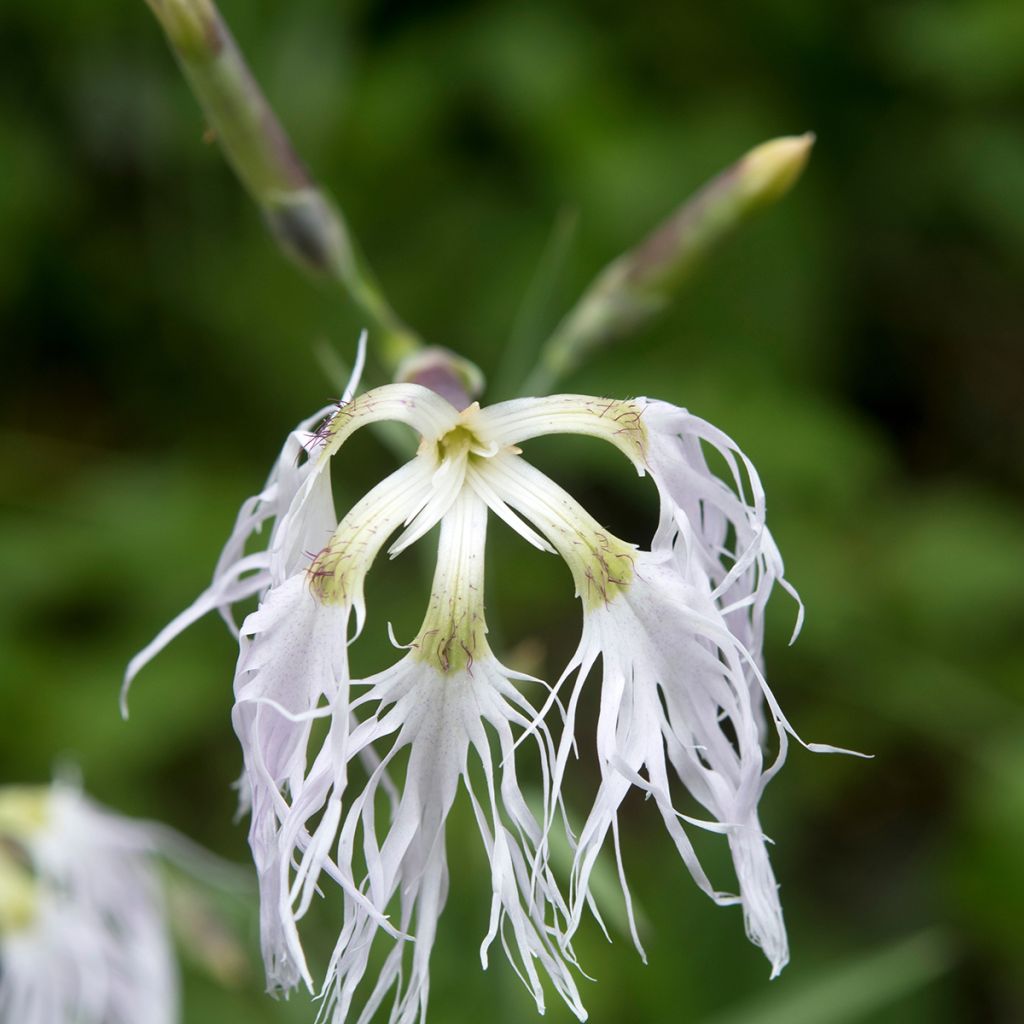

Dianthus superbus
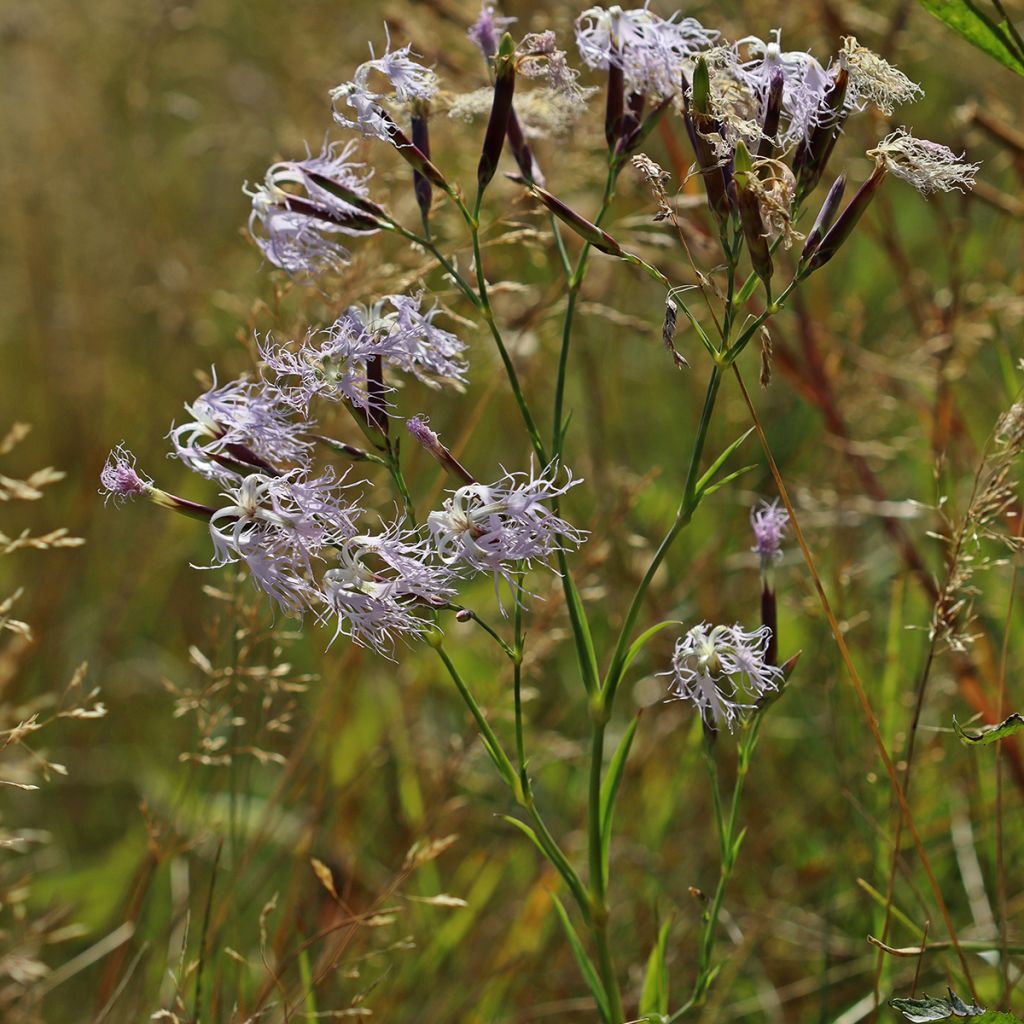

Dianthus superbus
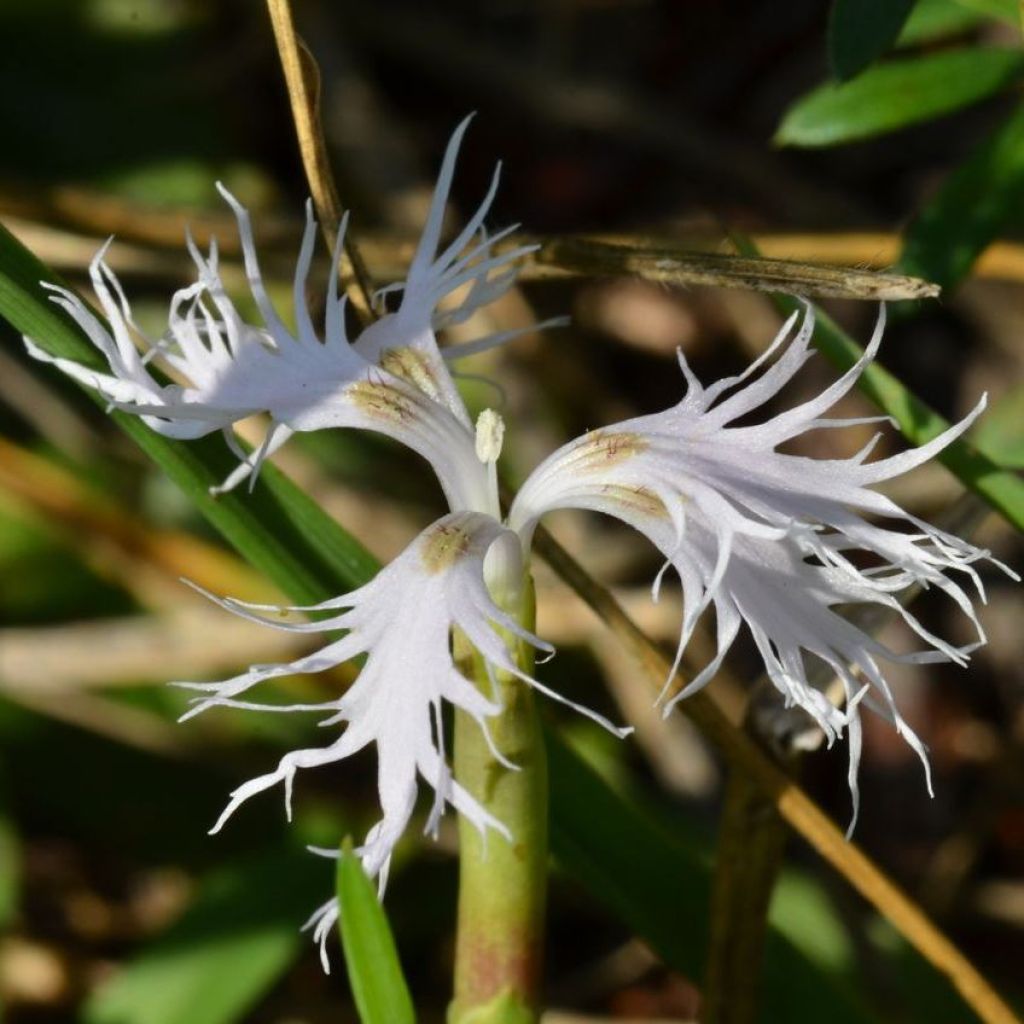

Dianthus superbus
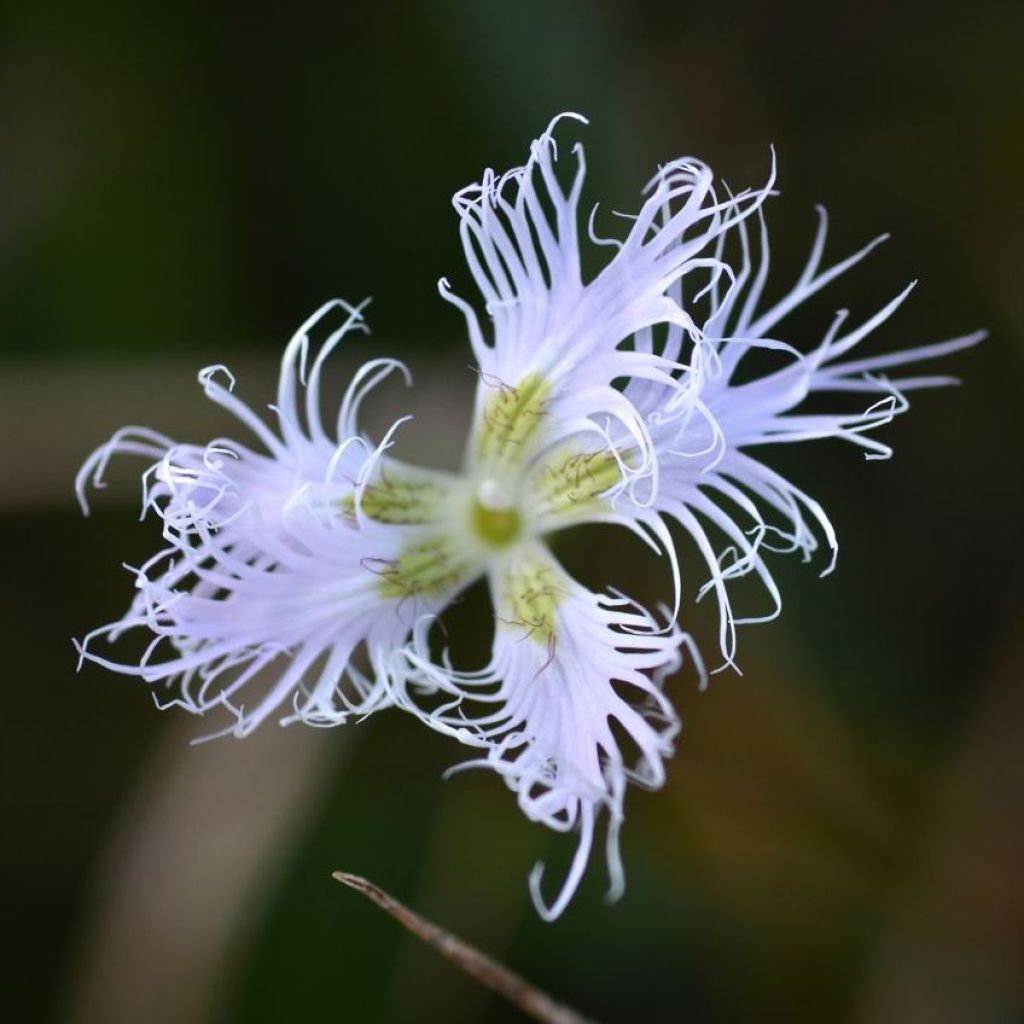

Dianthus superbus
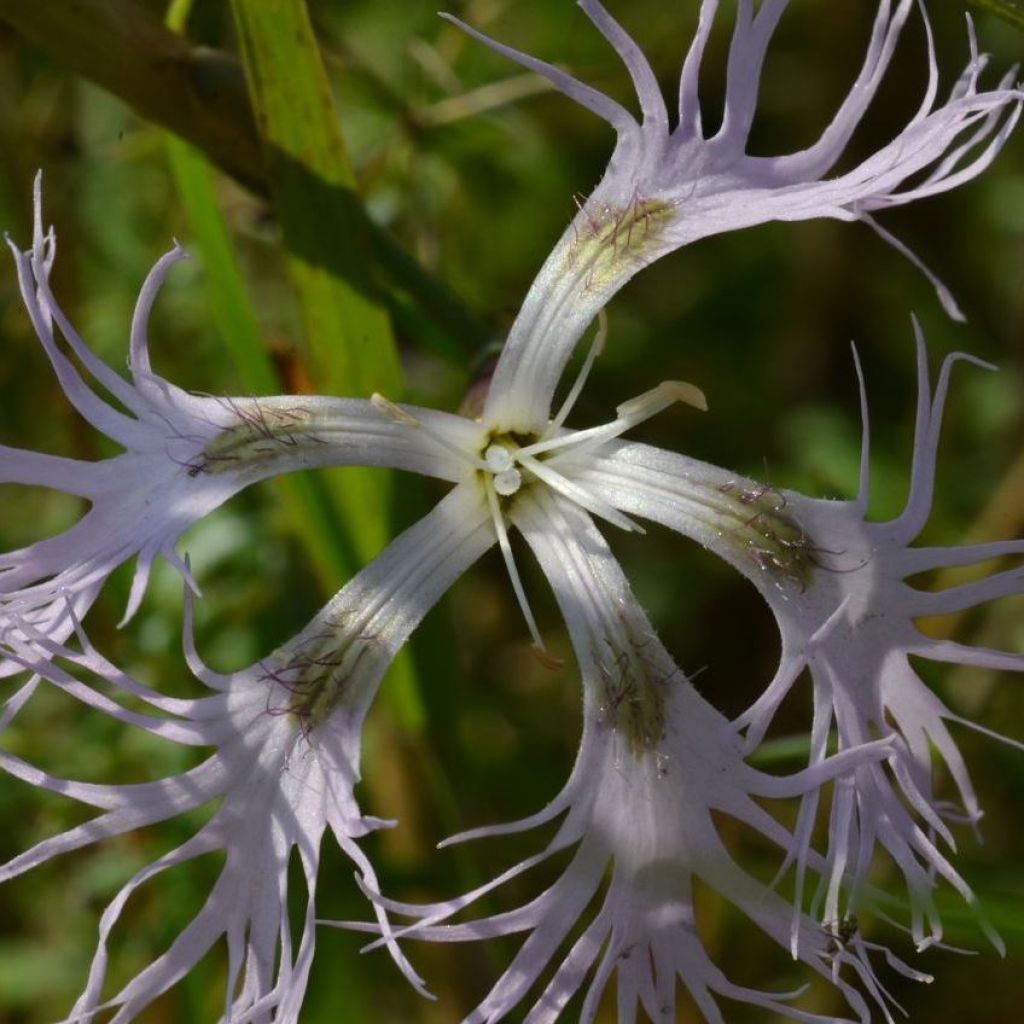

Dianthus superbus
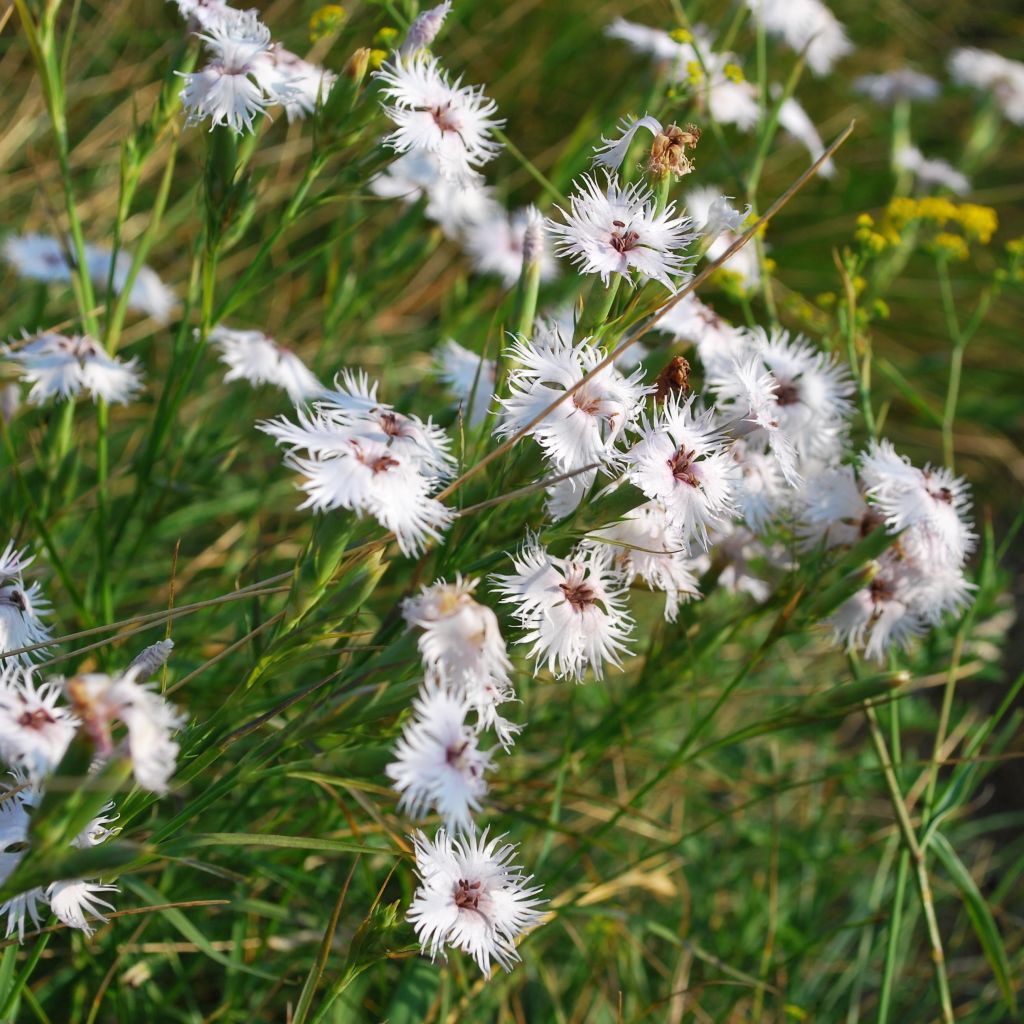

Dianthus superbus
Dianthus superbus
Dianthus superbus
Large pink, Fringed Pink
This item cannot be shipped to the selected country
Delivery charge from €5.90
More information
Schedule delivery date,
and select date in basket
This plant carries a 12 months recovery warranty
More information
We guarantee the quality of our plants for a full growing cycle, and will replace at our expense any plant that fails to recover under normal climatic and planting conditions.
From €5.90 for pickup delivery and €6.90 for home delivery
Express home delivery from €8.90.
Does this plant fit my garden?
Set up your Plantfit profile →
Description
Dianthus superbus is a small perennial with elegant and fragrant flowering. Its flowers regularly bloom from June until September, and bring life to the edges of flower beds with their beautiful fringed petals. Finely cut like lace, they range from pink to lilac, varying in pale shades depending on the exposure. Easy to grow, it is ideal for creating lovely bouquets that fill the house with fragrance.
Belonging to the Caryophyllaceae family, this carnation is found in the wild in the moist meadows of Europe and Asia. Its size (40cm (16in) tall and 30cm (12in) wide) makes it suitable for bordering flower beds, near pathways, as well as in moist rock gardens or in containers. From its base, branching stems emerge and bear one or several highly fragrant flowers at their tips. These flowers are composed of five laciniate petals, meaning they are cut into narrow and unequal strips. This gives them a slightly tousled and joyful appearance, undulating in the wind. Their colour, ranging from pink to lilac, can sometimes be very light but always charming. The leaves, with a slightly greyish-blue shade of green, are soft and also very thin and linear. They are arranged opposite each other on the stems. The overall habit has a very airy appearance, complemented by the ballet of insects that come to visit.
This is a hardy and robust perennial that can withstand temperatures as low as -15°C (5°F). It requires little maintenance; just remove faded flowers to stimulate blooming. Place it in full sun or partial shade in moist but well-drained soil.
Its compact size is an asset for releasing its fragrance throughout our gardens. In the heart of small flower beds, along patios, and in containers near doorways, Dianthus superbus easily finds its way. Along the edges of larger ensembles, it spontaneously blends with the grey-green foliage of euphorbias and wormwood. It also thrives in compositions combining pink and white tones. It adds a touch of lightness among summer flowers with large blooms, such as dahlias and echinaceas.
Report an error about the product description
Dianthus superbus in pictures
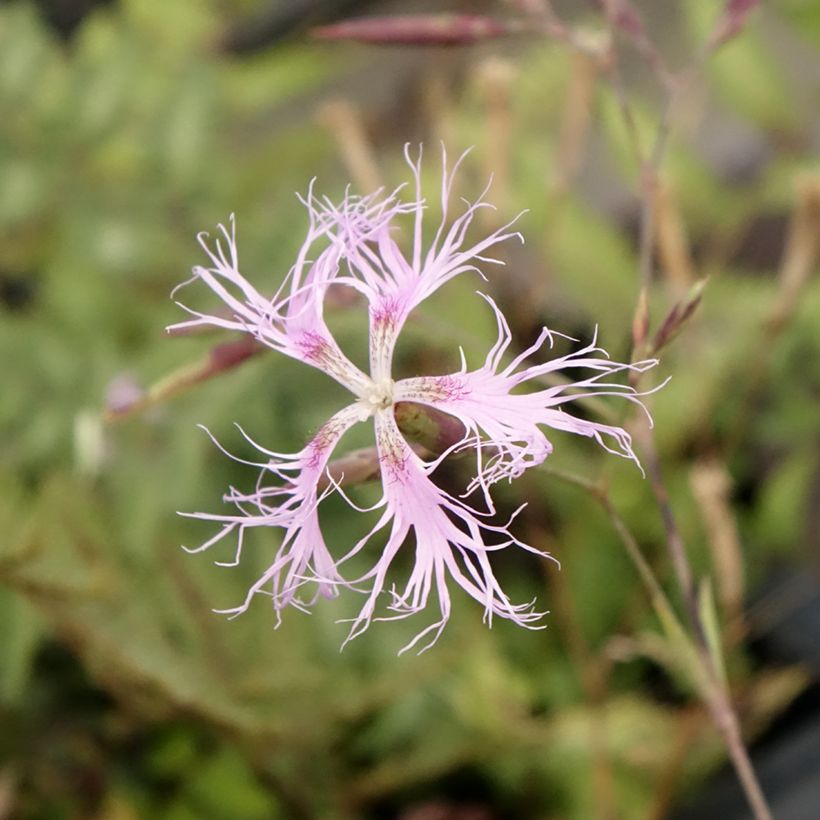

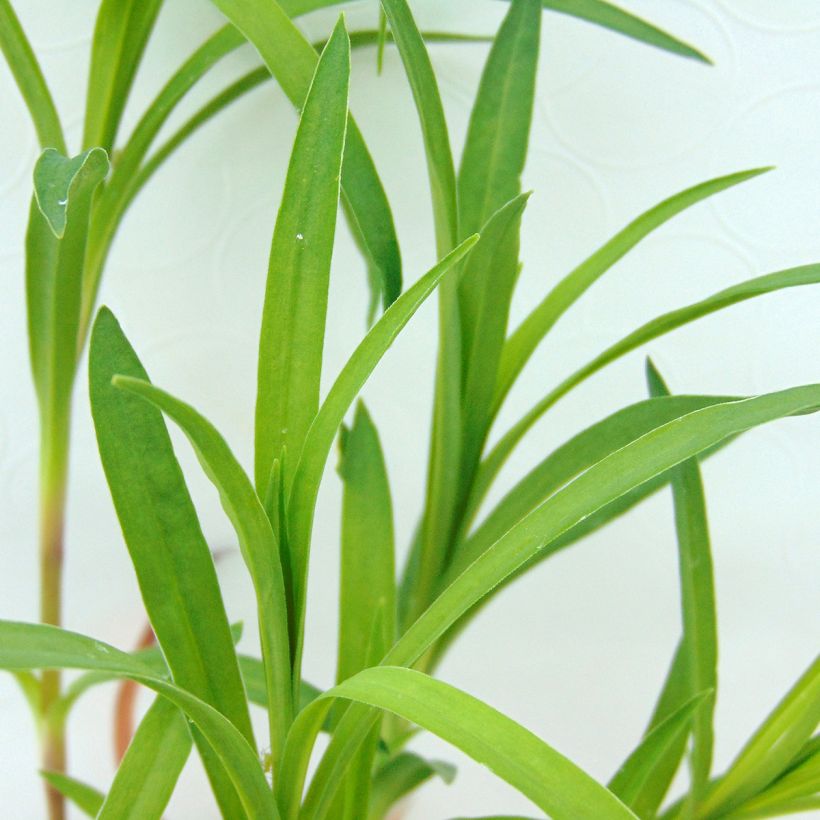

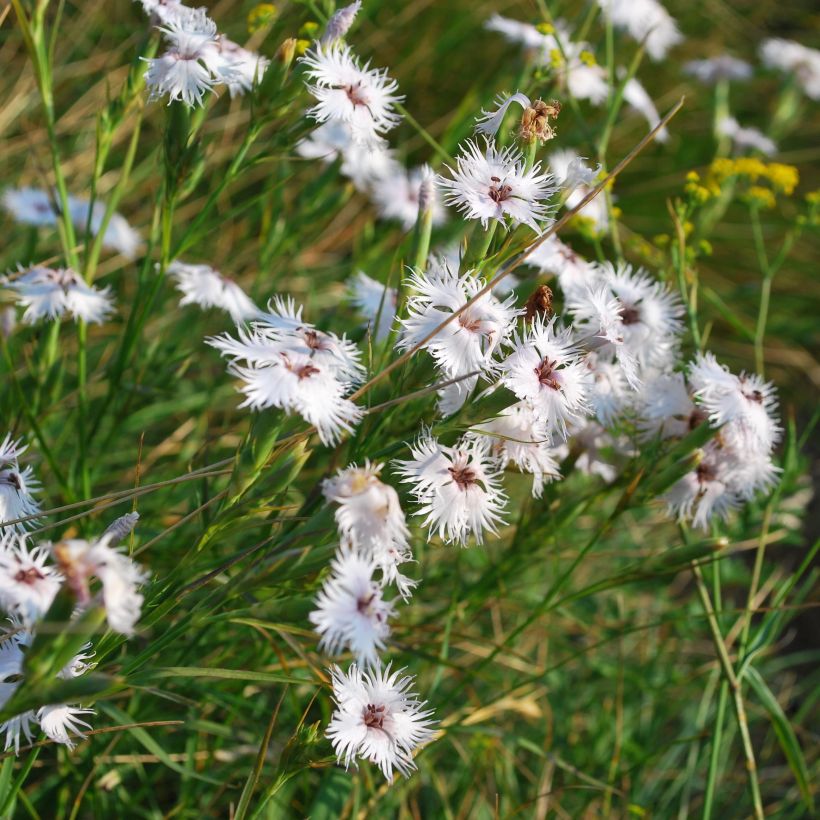

Flowering
Foliage
Plant habit
Botanical data
Dianthus
superbus
Caryophyllaceae
Large pink, Fringed Pink
Cultivar or hybrid
Other Dianthus - Pinks
Planting and care
Plant in spring or autumn in the sun or under light shade. It prefers moist but well-drained soils. it does not necessarily require rich soil. Remove faded flowers as they appear to promote the emergence of new ones.
Planting period
Intended location
Care
-
, onOrder confirmed
Reply from on Promesse de fleurs
Summer flowering perennials
Haven't found what you were looking for?
Hardiness is the lowest winter temperature a plant can endure without suffering serious damage or even dying. However, hardiness is affected by location (a sheltered area, such as a patio), protection (winter cover) and soil type (hardiness is improved by well-drained soil).

Photo Sharing Terms & Conditions
In order to encourage gardeners to interact and share their experiences, Promesse de fleurs offers various media enabling content to be uploaded onto its Site - in particular via the ‘Photo sharing’ module.
The User agrees to refrain from:
- Posting any content that is illegal, prejudicial, insulting, racist, inciteful to hatred, revisionist, contrary to public decency, that infringes on privacy or on the privacy rights of third parties, in particular the publicity rights of persons and goods, intellectual property rights, or the right to privacy.
- Submitting content on behalf of a third party;
- Impersonate the identity of a third party and/or publish any personal information about a third party;
In general, the User undertakes to refrain from any unethical behaviour.
All Content (in particular text, comments, files, images, photos, videos, creative works, etc.), which may be subject to property or intellectual property rights, image or other private rights, shall remain the property of the User, subject to the limited rights granted by the terms of the licence granted by Promesse de fleurs as stated below. Users are at liberty to publish or not to publish such Content on the Site, notably via the ‘Photo Sharing’ facility, and accept that this Content shall be made public and freely accessible, notably on the Internet.
Users further acknowledge, undertake to have ,and guarantee that they hold all necessary rights and permissions to publish such material on the Site, in particular with regard to the legislation in force pertaining to any privacy, property, intellectual property, image, or contractual rights, or rights of any other nature. By publishing such Content on the Site, Users acknowledge accepting full liability as publishers of the Content within the meaning of the law, and grant Promesse de fleurs, free of charge, an inclusive, worldwide licence for the said Content for the entire duration of its publication, including all reproduction, representation, up/downloading, displaying, performing, transmission, and storage rights.
Users also grant permission for their name to be linked to the Content and accept that this link may not always be made available.
By engaging in posting material, Users consent to their Content becoming automatically accessible on the Internet, in particular on other sites and/or blogs and/or web pages of the Promesse de fleurs site, including in particular social pages and the Promesse de fleurs catalogue.
Users may secure the removal of entrusted content free of charge by issuing a simple request via our contact form.
The flowering period indicated on our website applies to countries and regions located in USDA zone 8 (France, the United Kingdom, Ireland, the Netherlands, etc.)
It will vary according to where you live:
- In zones 9 to 10 (Italy, Spain, Greece, etc.), flowering will occur about 2 to 4 weeks earlier.
- In zones 6 to 7 (Germany, Poland, Slovenia, and lower mountainous regions), flowering will be delayed by 2 to 3 weeks.
- In zone 5 (Central Europe, Scandinavia), blooming will be delayed by 3 to 5 weeks.
In temperate climates, pruning of spring-flowering shrubs (forsythia, spireas, etc.) should be done just after flowering.
Pruning of summer-flowering shrubs (Indian Lilac, Perovskia, etc.) can be done in winter or spring.
In cold regions as well as with frost-sensitive plants, avoid pruning too early when severe frosts may still occur.
The planting period indicated on our website applies to countries and regions located in USDA zone 8 (France, United Kingdom, Ireland, Netherlands).
It will vary according to where you live:
- In Mediterranean zones (Marseille, Madrid, Milan, etc.), autumn and winter are the best planting periods.
- In continental zones (Strasbourg, Munich, Vienna, etc.), delay planting by 2 to 3 weeks in spring and bring it forward by 2 to 4 weeks in autumn.
- In mountainous regions (the Alps, Pyrenees, Carpathians, etc.), it is best to plant in late spring (May-June) or late summer (August-September).
The harvesting period indicated on our website applies to countries and regions in USDA zone 8 (France, England, Ireland, the Netherlands).
In colder areas (Scandinavia, Poland, Austria...) fruit and vegetable harvests are likely to be delayed by 3-4 weeks.
In warmer areas (Italy, Spain, Greece, etc.), harvesting will probably take place earlier, depending on weather conditions.
The sowing periods indicated on our website apply to countries and regions within USDA Zone 8 (France, UK, Ireland, Netherlands).
In colder areas (Scandinavia, Poland, Austria...), delay any outdoor sowing by 3-4 weeks, or sow under glass.
In warmer climes (Italy, Spain, Greece, etc.), bring outdoor sowing forward by a few weeks.




































